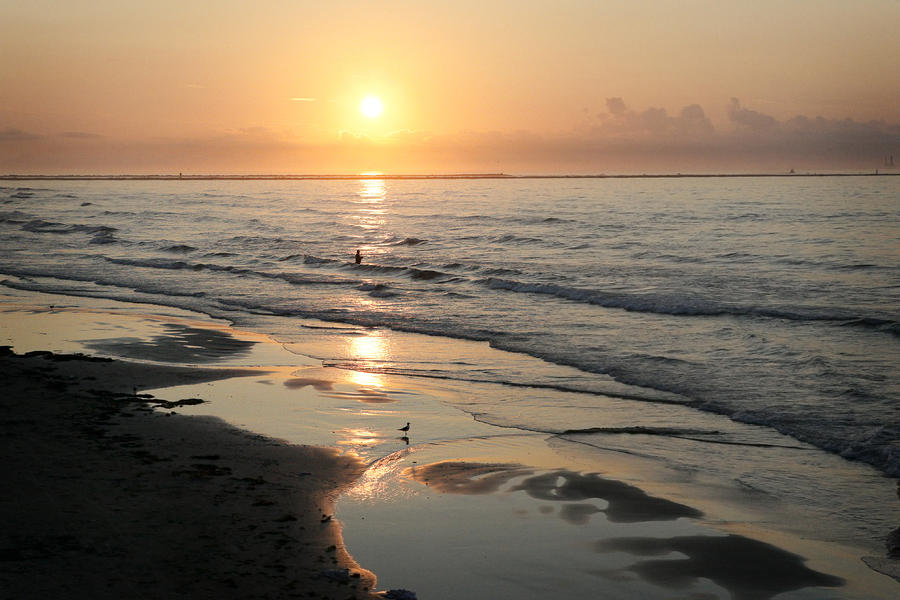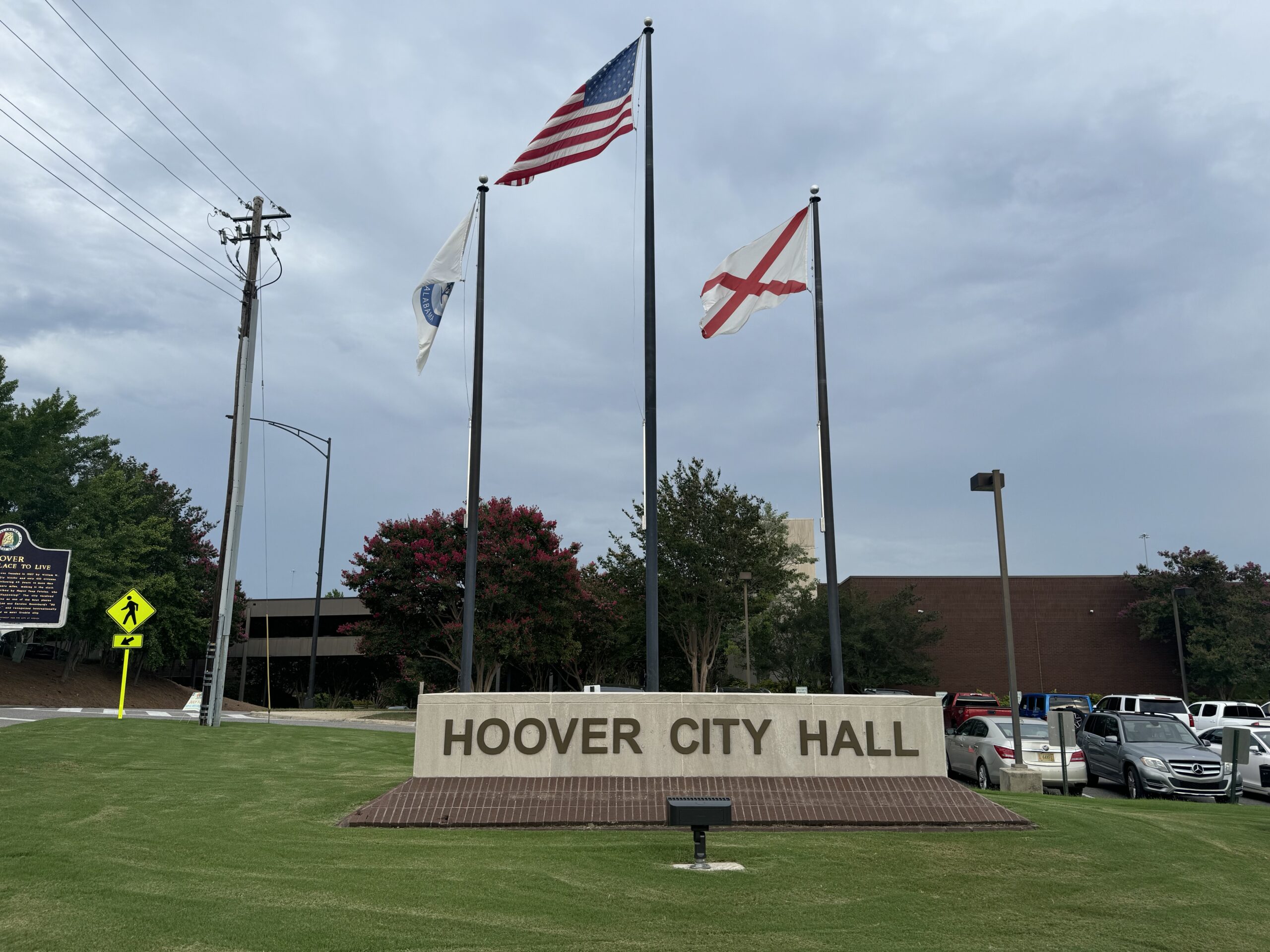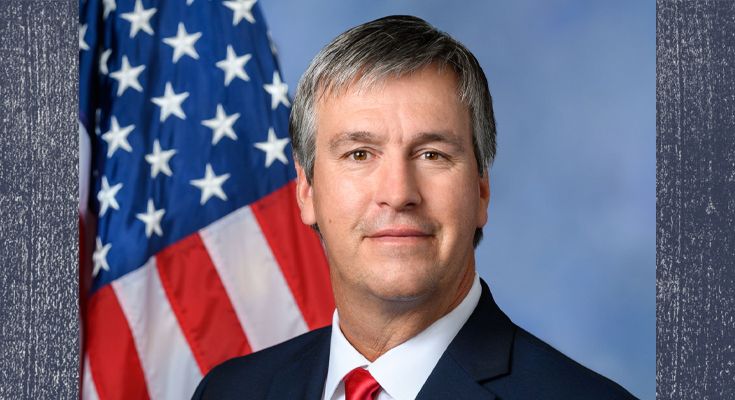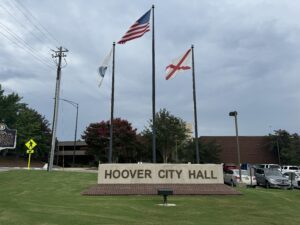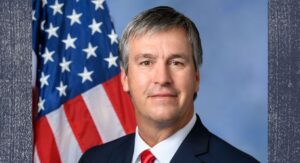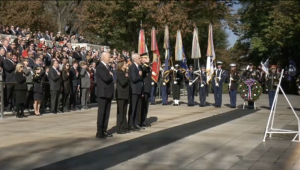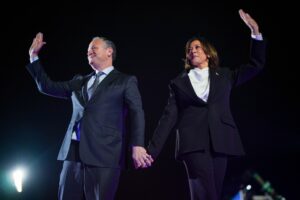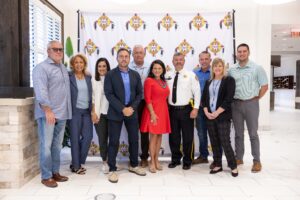On Friday, the Alabama Department of Conservation and Natural Resources (ADCNR) announced that the final phase of funding from the National Fish and Wildlife Foundation-Gulf Environmental Benefit Fund (NFWF-GEBF) had been approved for projects in Alabama. The money is from the settlement for the 2010 Deepwater Horizon (DWH) oil spill.
“As we celebrate Alabama’s 2022 slate of NFWF projects and announce the final allocation of Alabama’s portion of the Gulf Environmental Benefit Funds (GEBF), we recognize another landmark in Alabama’s recovery from the Deepwater Horizon Oil Spill disaster,” Alabama Governor Kay Ivey said. “The $356 million awarded to Alabama in criminal fines, managed by NFWF and implemented by the Alabama Department of Conservation and Natural Resources (ADCNR), funded some of the first Deepwater Horizon Restoration Projects in Coastal Alabama.”
Ivey continued, “Together, these investments tell a story of significant accomplishments that will go a long way in protecting Alabama’s diverse coastal ecosystem for decades to come. Whether it be our investments into maintaining the coastal reefs that support our thriving red snapper fishery or our land conservation efforts to protect game and non-game species in places like the Perdido River Corridor, Fort Morgan Peninsula, and the Grand Bay Savanna, there is no doubt Alabama has made the absolute most of these funds.”
Ivey thanked the foundation for its dedication.
“I thank the National Fish and Wildlife Foundation for their partnership and dedication to the restoration and protection of Alabama’s natural resources and for their capable and dedicated management of the Gulf Environmental Benefit Fund,” Governor Ivey said. “While this marks the completion of our allocation of the NFWF portion of the BP Settlement, our work continues to restore Coastal Alabama.”
The most recent projects include $26,066,000 for Phase II of the Dauphin Island East End Restoration.
The Dauphin Island project will restore approximately 1.5 miles of beach shoreline and about 85 acres of beach and dune habitat on the 14-mile barrier island that protects a portion of the Alabama Gulf Coast.
Dauphin Island Mayor Jeff Collier said that this project will significantly impact the area.
“This is going to be significant,” Mayor Collier stated. “So, we’re greatly certainly appreciative of that. The focus is really going to be on trying to protect the area that encompasses the Audubon sanctuary, the freshwater lake that’s within that location.”
The tentative plan is to renourish and extend the 2015-2016 beach restoration project to provide healthy beaches and dunes. The East End beach protects the Audubon Bird Sanctuary and other upland resources from beach erosion from storms. Sand has migrated to the west, which has caused wider downdrift beaches and growth of a sand spit south of the Isle Dauphine Golf Course. NFWF has awarded nearly $70 million in GEBF funds to nearly a dozen projects to enhance and protect this vital island.
The Gulf Highlands Conservation Acquisition project was awarded $8.2 million in additional funding to expand the project footprint to include the adjacent Beach Club West property. The goal of the entire project is to acquire, conserve and manage the largest privately held, undeveloped Gulf frontage beach and dune habitat. This habitat will benefit nesting sea turtles, migratory birds and shorebirds, and the endangered Alabama beach mouse.
$9 million will go to Phase II of the Lower Fish River Watershed Restoration project. The funding will be used to continue the work of Phase I by implementing designs to reduce the sediment and nutrients that flow into Weeks Bay.
$2,788,000 will be used for Phase II of the Wolf and Sandy Creek Headwaters Restoration project. The money will be used for stream restoration, bank stabilization, invasive species removal, monitoring, and adaptive management. The project will restore nearly half a mile of instream habitat and 50 acres of wetlands through invasive species removal.
$1 million will fund Alabama Coastal Adaptive Management, which will continue maintenance, repair, rehabilitation, or replacement of active projects funded by GEBF, as well as for expanding the ecological benefits of the projects to ensure the long-term viability of these efforts during unforeseen changes.
These new projects bring the total awards from the GEBF fund to Alabama to more than $356 million. Efforts to restore Alabama’s coastline will continue.
To connect with the author of this story, or to comment, email brandonmreporter@gmail.com.
Related
Share via:

